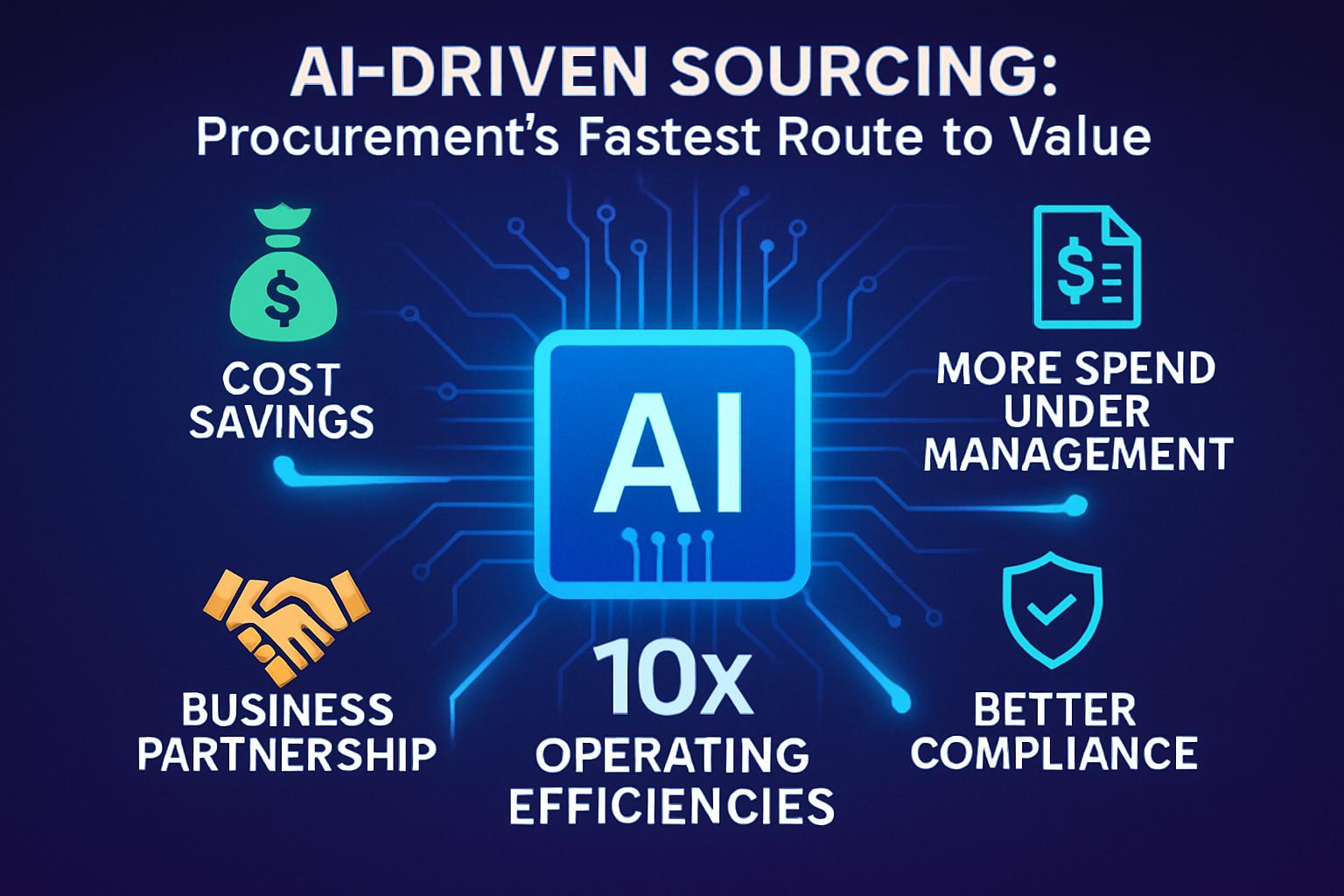How Procurement and Finance Can Work Together to Drive Enterprise Growth

John Paterson, former Chief Procurement Officer at IBM, once described the relationship between the CFO and the CPO “the most important relationship that exists or needs to exist within the enterprise.”
Back in 2014, he was absolutely right. He was also right when he acknowledged that this relationship has often been fraught with tension. And, unfortunately, the progress made since then has been minimal.
Why? Because if you’re a CPO, it can be a struggle to always make your voice heard. People recognize that procurement handles various tasks, delivers savings, sources categories, manages risk and compliance and improves supplier costs. However, the CFO often struggles to see these efforts reflected in tangible positive changes on the P&L.
The reality is that the connectivity between budgets and budgeting and procurement—in other words, between FP&A and procurement—is sub-optimized. As a result, if a company sets a $73 million budget for the Chief Marketing Officer (CMO) and procurement helps save $3 million, the CMO will still end up spending the entire $73 million. In an early outsourcing deal, finance essentially said to us, "I'm just tired of procurement telling me how many auctions they ran and how much savings they generated because I never see this in the P&L!"
This also happens because procurement is not brought into the process until the last minute. Procurement should be an enabler to achieve the same or more with a smaller budget, but this often doesn’t happen because the business sees the procurement function as a blocker. A significant portion of procurement's day involves someone coming to them and saying, "I need you to finalize this deal for me; I've already figured it out."
Procurement then asks, "What process did you follow, and what evidence do you have for choosing that supplier?" The response is more often than not along the lines of, "I don't have any, but I'm in a rush—so just do it." Further, even when procurement is involved early in the decision-making process, the loop is not closed with the FP&A budgeting process, allowing value to be re-spent without much rigor or governance.
Finding the metrics that underline your contribution
As it stands, then, there's little reason for the CFO to prioritize this relationship. As John Paterson pointed out years ago, both the CFO and the CPO have the best interests of the business at heart, but they can't always agree on how “best” is operationalized and managed from the beginning of a buying process, through to budget governance.
However, the good news is, there's a way to make the value generated by procurement visible in the P&L and get this relationship back on track. What is needed is a mechanism to finally get some real visibility into spending. If a business needs to generate cost savings, as many do right now, they should reduce the budgets and then involve procurement to ensure that departments like Marketing and IT still get everything they need, but with a 10% lower budget or whatever reduction makes the most sense.
Realistically, that’s only going to happen if we move closer to true zero-based budgeting. This approach involves asking each year what the business needs to achieve and then building the budget from zero, based on what is required to meet those goals.
If we adopted this approach—driven by the AI-powered autonomous sourcing that many of our customers are implementing—procurement and finance would establish a strong and cohesive relationship. For instance, at UK retail giant Tesco, a new “Spend to Invest” plan exemplifies this. Procurement generated £645 million ($823 million) in value, which the CFO then reinvested to enhance pricing power and expand into new countries, regions, and business lines.
And in the case of global investment management leader T. Rowe Price, a new approach to procurement using AI has helped increase the function’s internal visibility and therefore its standing with finance.
According to its Chief Procurement Officer, Harold Wu, every member of its management are now big supporters of the discipline. As a result, the firm, was able to generate more than $40 million in operational savings. As he says, “If you're able to increase the value, that gets noticed.”
Using AI to create a clear link between cost reduction efforts and increased budget and working capital for your organization? Sounds like a C-suite individual destined for success!



